Hanfu Accessories: Fans
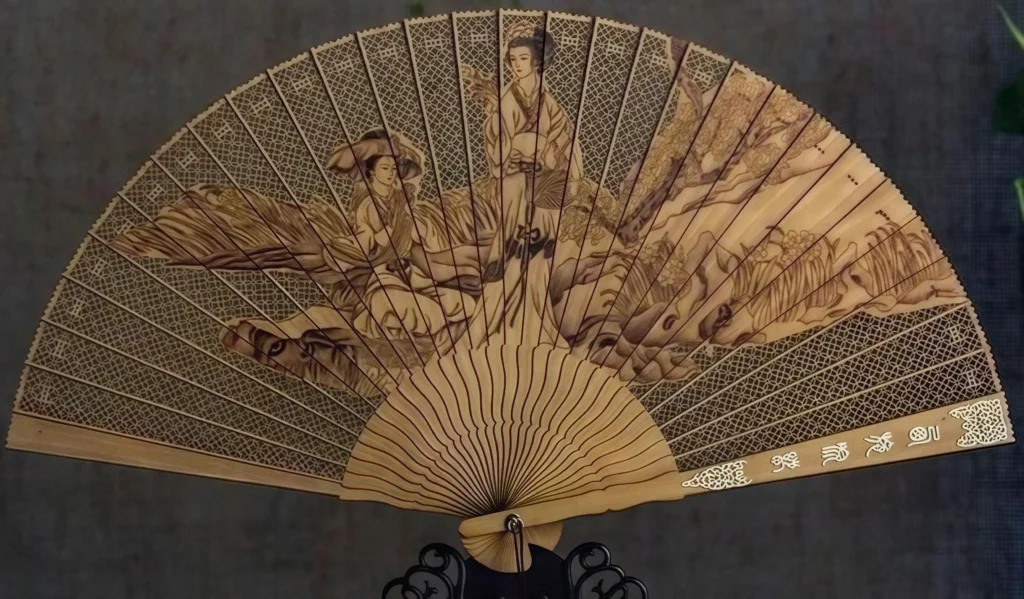
Hanfu fans, with a history spanning 3,000–4,000 years, are more than cooling tools—they’re cultural treasures that complement Hanfu fashion. From Emperor Shun’s legendary “Five Bright Fans” to the Ming dynasty’s ornate folding fans, these accessories have evolved into art forms . Known as “feather fans” or “palace fans,” they’ve graced rituals, stages, and daily life. Let’s explore the rich legacy of Hanfu fans and their timeless charm!
The Erya notes: “Wood makes doors, reeds make fans.” So, early fans were likely rectangular reed mats. They weren’t for breezy comfort but served as ceremonial props for rulers, often called “guard fans” for their role in rituals.
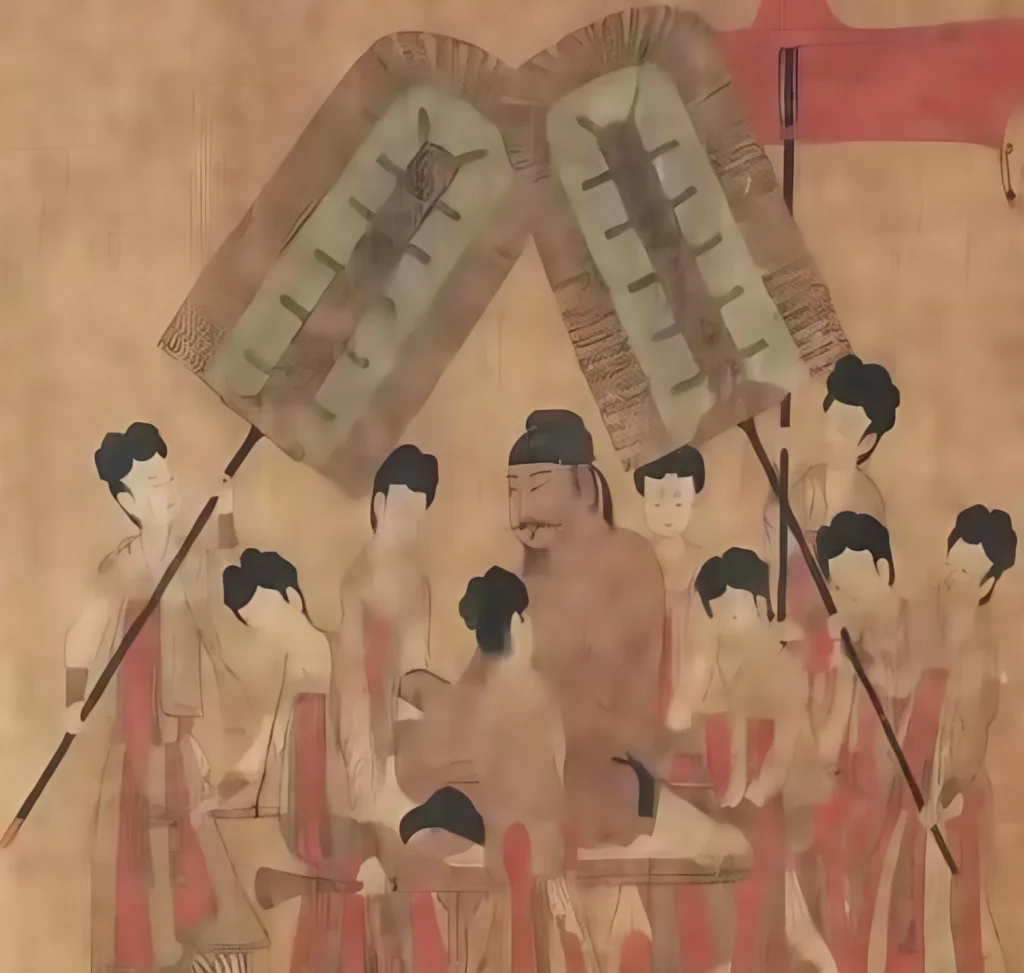
Evolution of Fans
From the Qin and Han dynasties, fans came in square, round, or hexagonal shapes, with faces made of silk fabric. Since palaces loved them, they were dubbed “palace fans”. In the Sui and Tang, silk fans and feather fans ruled, with a few paper fans sneaking in. By the Song dynasty, folding fans started stealing the show. In the Ming and Qing, places like Zhejiang, Suzhou, and Sichuan cranked out folding fans, often painted or inscribed with art. This crafty skill spread to Europe from the Ming, then took the world by storm.

Fans in China boast a 3,000–4,000-year history, evolving into hundreds of types. They boil down to two main categories:
- Flat Fans (like round fans, sunflower fans, or straw fans)—these don’t fold.
- Folding Fans—open and close with ease.
Flat fans trace back to “barrier fans” or “sha” (bamboo-woven fans). In the Warring States, Qin, and Han, a half-moon-shaped “bianmian” fan, resembling a single door panel, was huge. Nicknamed “door fans”, they were used to peek or hide faces, becoming a go-to for everyone from emperors to commoners, woven from fine bamboo strips.
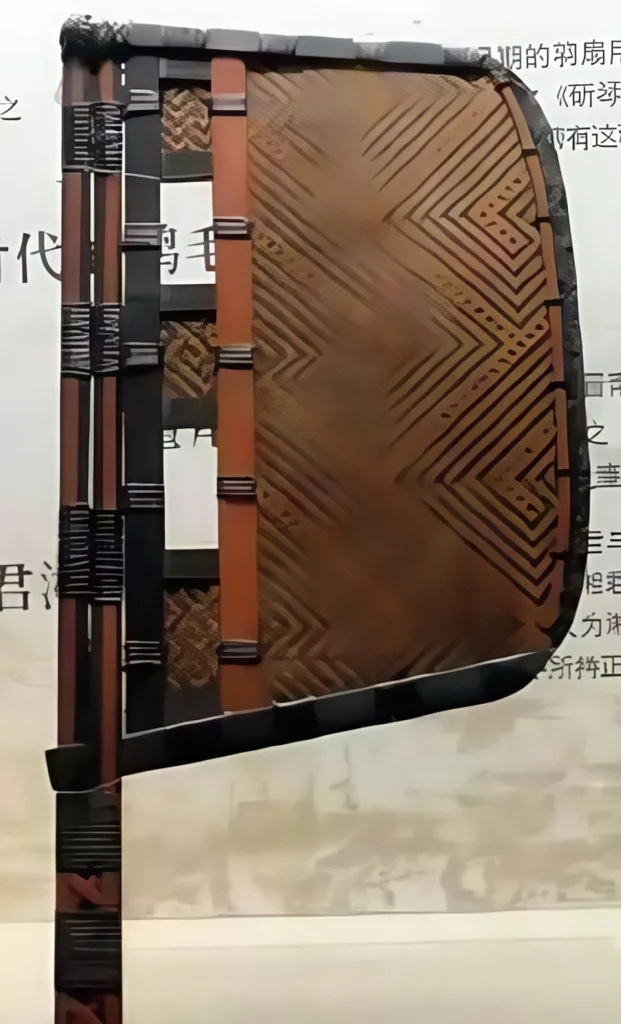
In the Western Han, symmetrical “he huan” fans (aka palace fans, silk fans, or round fans) emerged. These round, moon-like fans had a white silk face, symmetrical around the handle. Made with bamboo or wood frames, they were covered in thin silk, often from Shandong (famous for silk) and Hunan (known for bamboo), earning the phrase “Qi silk, Chu bamboo”.
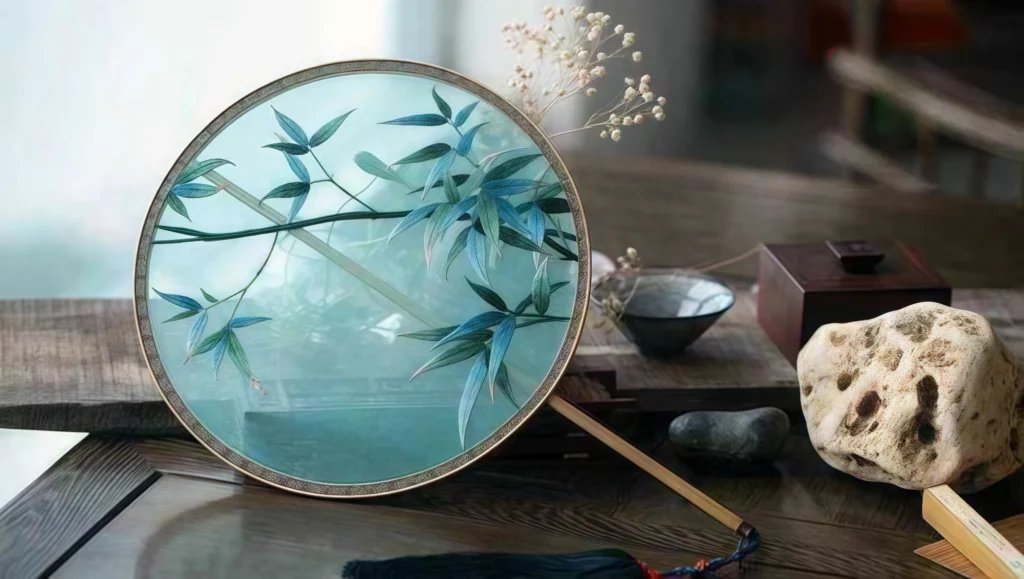
Han folks adored these silk fans, even writing poems about them. Ban Jieyu’s fan poem gushes: “Freshly cut Qi silk, pure as frost and snow, shaped into a he huan fan, round like a bright moon, tucked in your sleeve, stirring a gentle breeze.” These symmetrical round fans stayed iconic, a classic Chinese style that never faded.
By the Northern Song, folding fans became super portable. Also called “gathered-head fans”, “scattered fans”, or “bone fans”, they used fancy materials like cow horn, tortoiseshell, ivory, jade, speckled bamboo, or sandalwood for the ribs. Shapes included zither-style, wish-granting heads, bamboo knots, or grasshopper eyes, with 7, 9, 12, 14, 16, or 18 ribs.
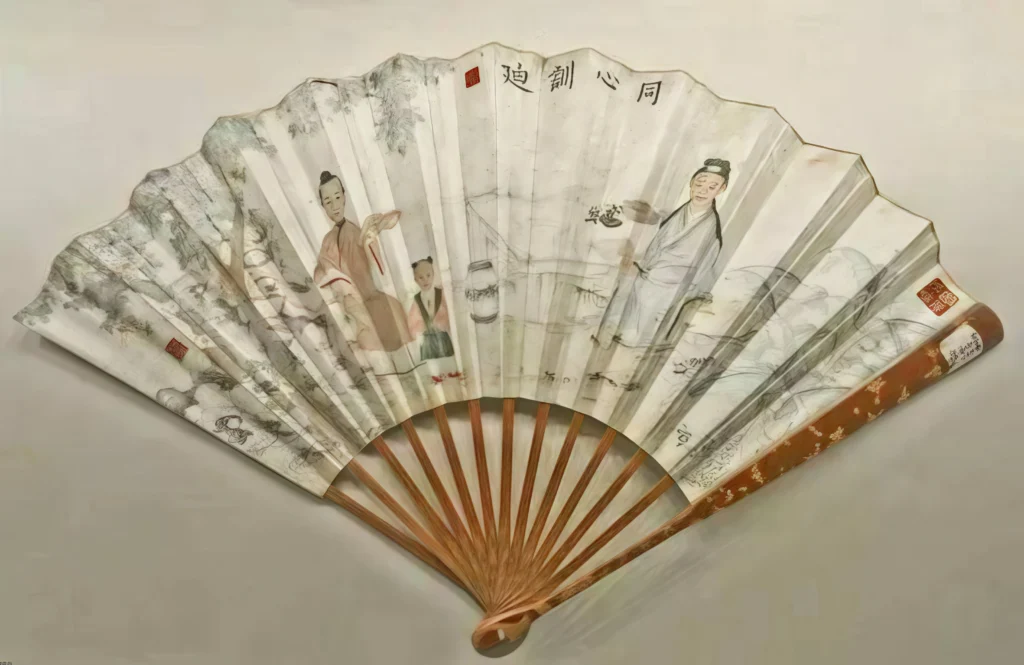
In the Southern Song, folding fan production scaled up. By the Ming, emperors had palace artisans copy Korean fans, blending foreign techniques to boost local fan-making.
The Ming and Qing were the golden age of folding fans. They used luxe materials like ivory, tortoiseshell, or rosewood for ribs, with carved or inlaid designs. Rib styles included wish-granting heads, zither shapes, mantis legs, or wave patterns, while fan heads came in vase, chestnut, olive, magnolia, square, round, or goldfish shapes. Every detail was crafted to win hearts.
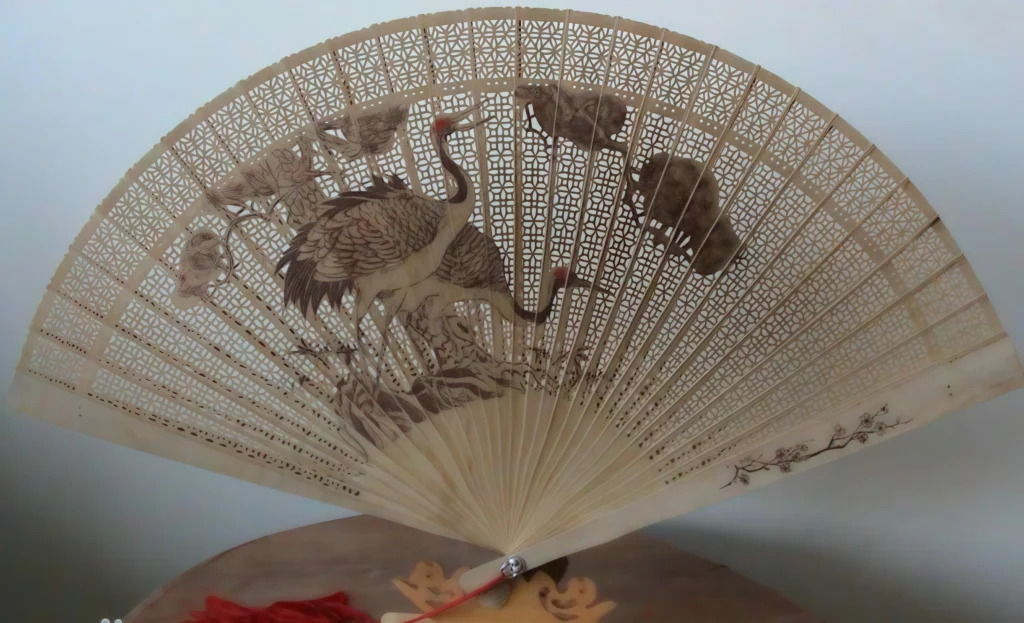
Artistic Flair
Fans are a unique art form. In a space smaller than a foot, master artists poured their hearts into landscapes, flowers, birds, or dynamic figures, making tiny scenes feel grand with beauty and soul. Paintings or calligraphy on fan faces are a treat for the eyes, meant to be savored slowly to catch their artistic magic.
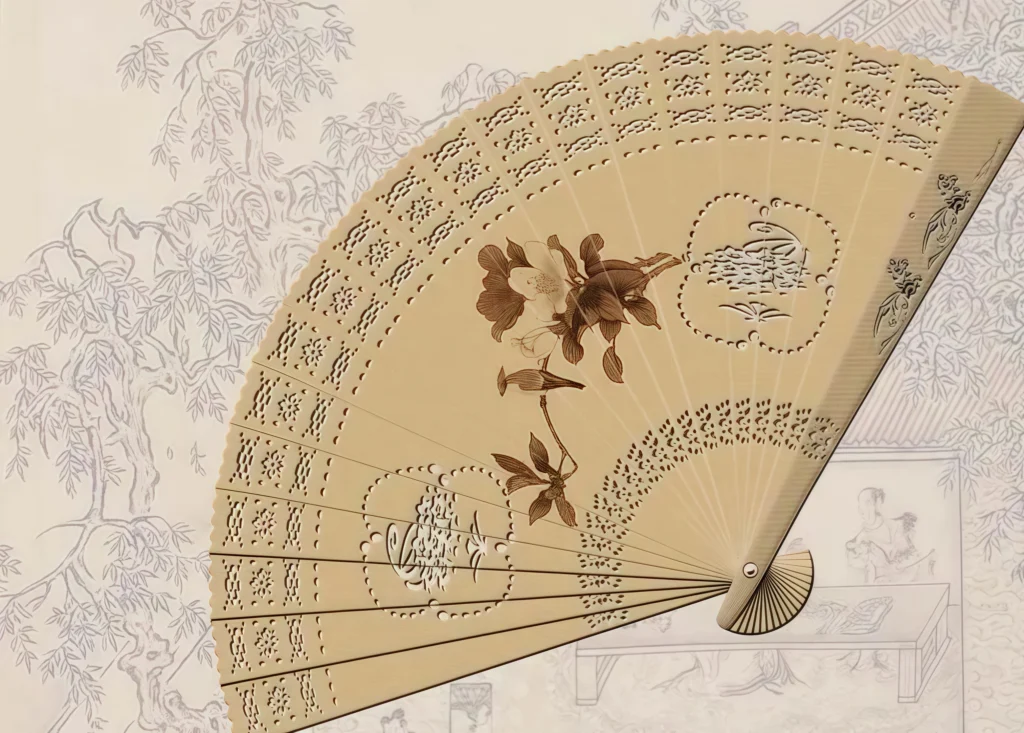
Fans and Emotions
Fans also reveal inner feelings. Su Dongpo described Zhou Yu’s swagger with “heroic charm, feather fan, and silk scarf.” Du Mu painted a playful scene in “a light silk fan swatting fireflies,” capturing girls’ lively joy. Tang poet Wang Jian’s Tiaoxiao Ling says: “Four fans, beauties hide their faces,” evoking a poignant, shy sadness.
In literature, fans symbolize love. In The Peach Blossom Fan, Hou Fangyu gifts Li Xiangjun a palace fan as a love token. Later, her blood stains it, and Yang Longyou paints it into a peach blossom fan, a tale of loyalty and drama.
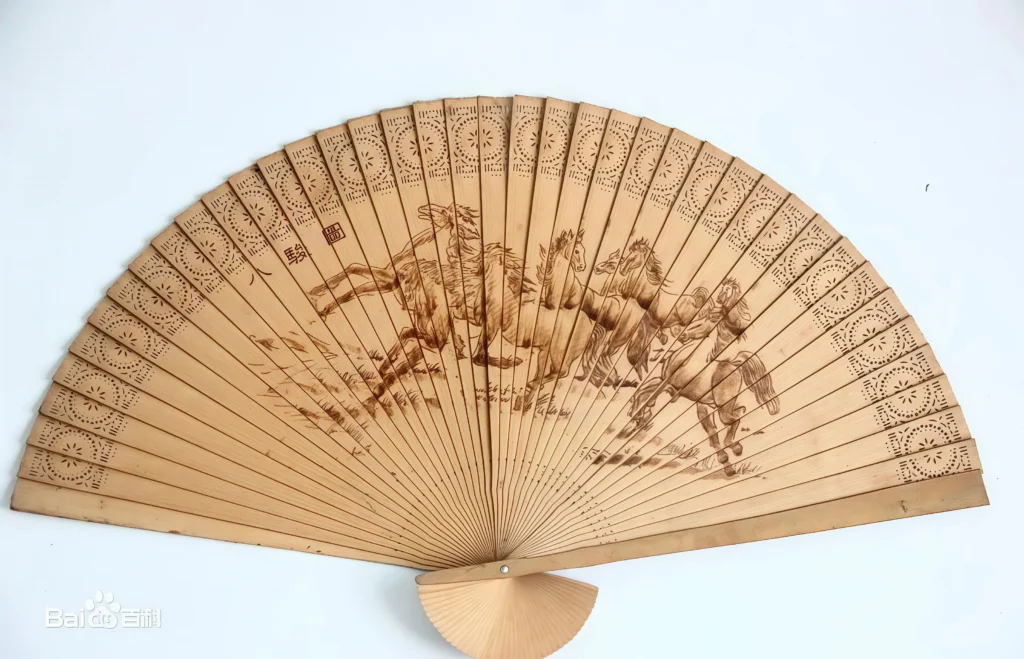
Fans on Stage
Fans are stage essentials, tied to performance art. Graceful fan dances ooze charm, while plays like The Peach Blossom Fan, Agarwood Fan, or Plantain Fan use fans as props or plot drivers. Actors wield fans to mimic objects or show character traits, adding flair to every move.
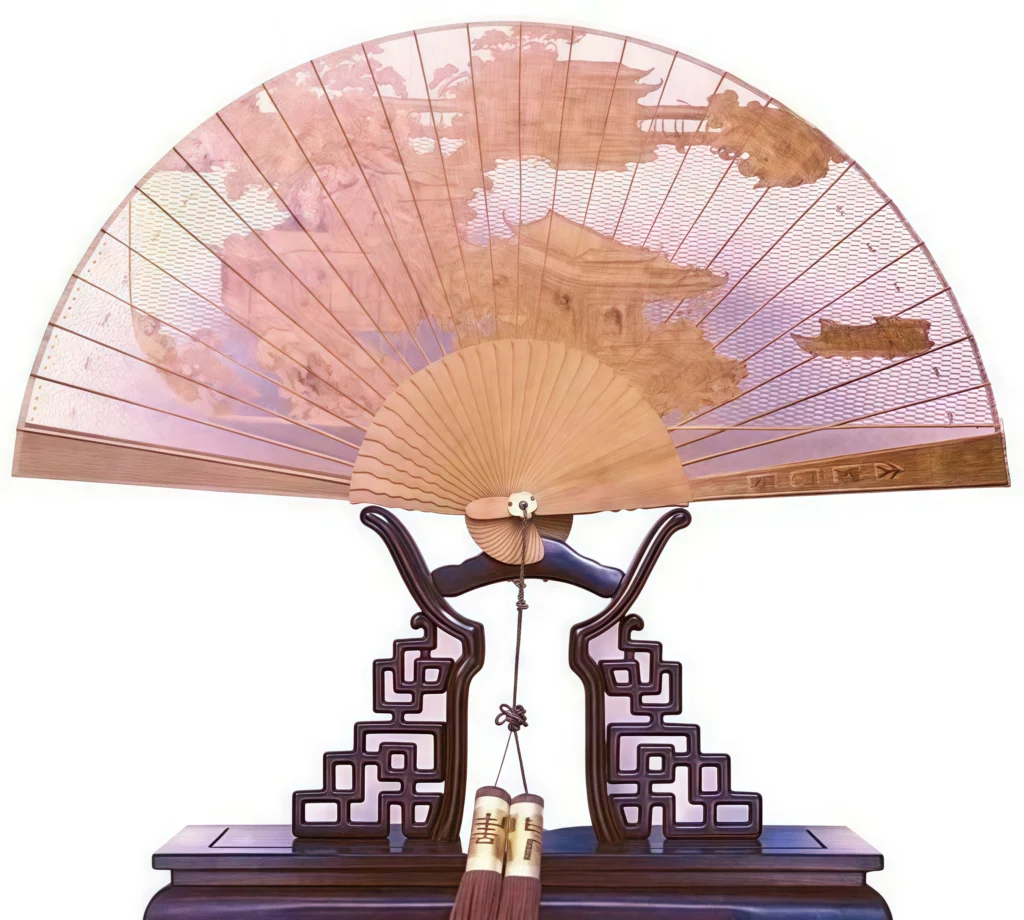
Cultural Depth
Fans carry deep cultural vibes. For ages, they’ve been part of daily life, blending use and beauty into a crafty masterpiece. A simple fan holds stories, legends, and quirky tales—like Su Dongpo’s painted fan solving a case, Kangxi’s inscribed fan, or Tagore’s poetic fan gift. These snippets show the rich soul of fan culture.
Enduring Legacy of Silk Fans and Folding Fans
Hanfu fans blend utility and beauty, embodying Chinese heritage. From Su Dongpo’s painted fan solving a case to Tagore’s poetic fan gift, they carry quirky tales and cultural depth. Modern Hanfu enthusiasts pair silk fans and folding fans with traditional outfits, celebrating this timeless craft . Which Hanfu fan style steals your heart?
Fans complemented Hanfu’s elegance across eras—see their role in our [complete cultural guide].

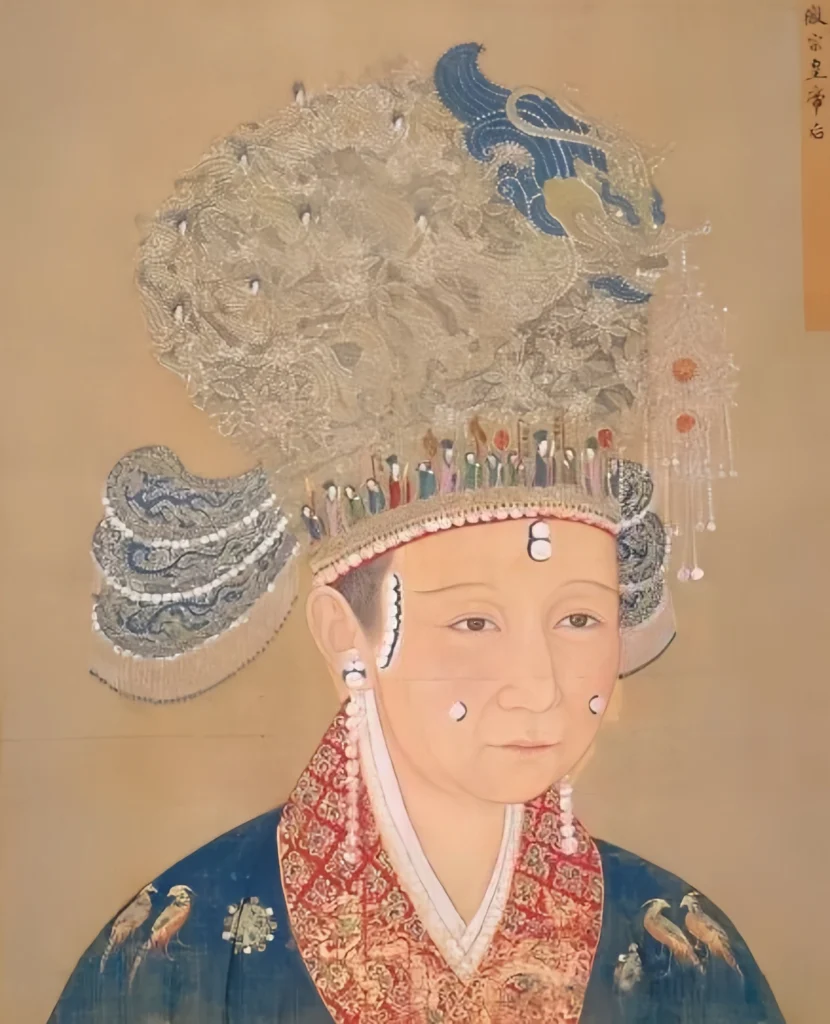
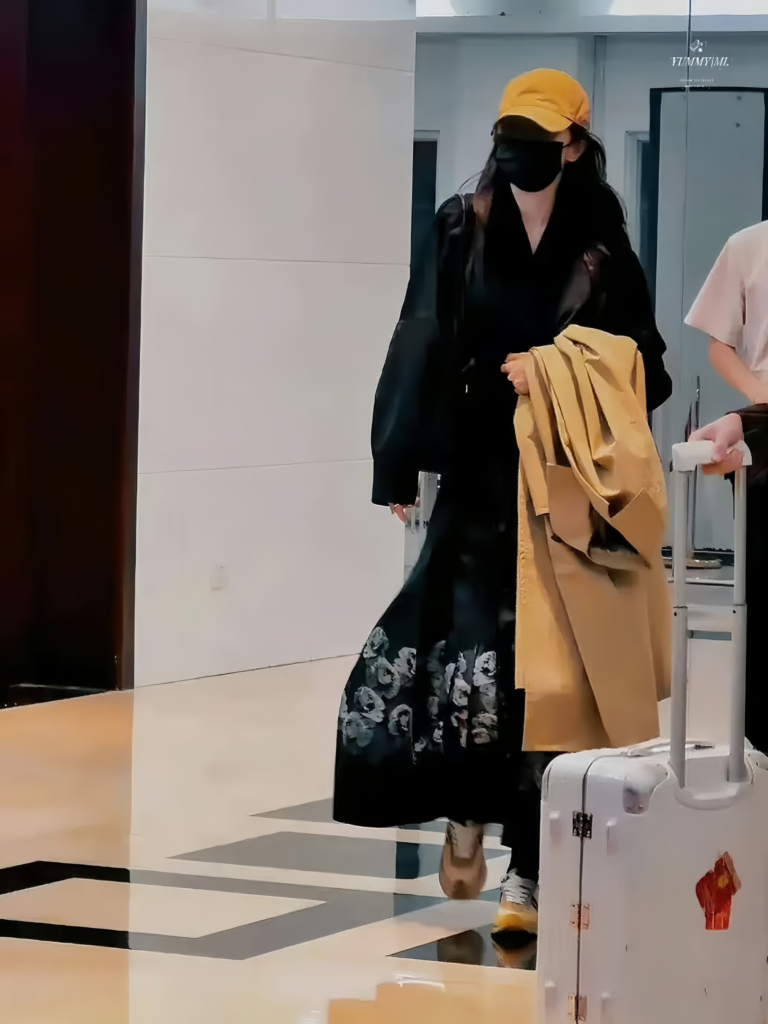
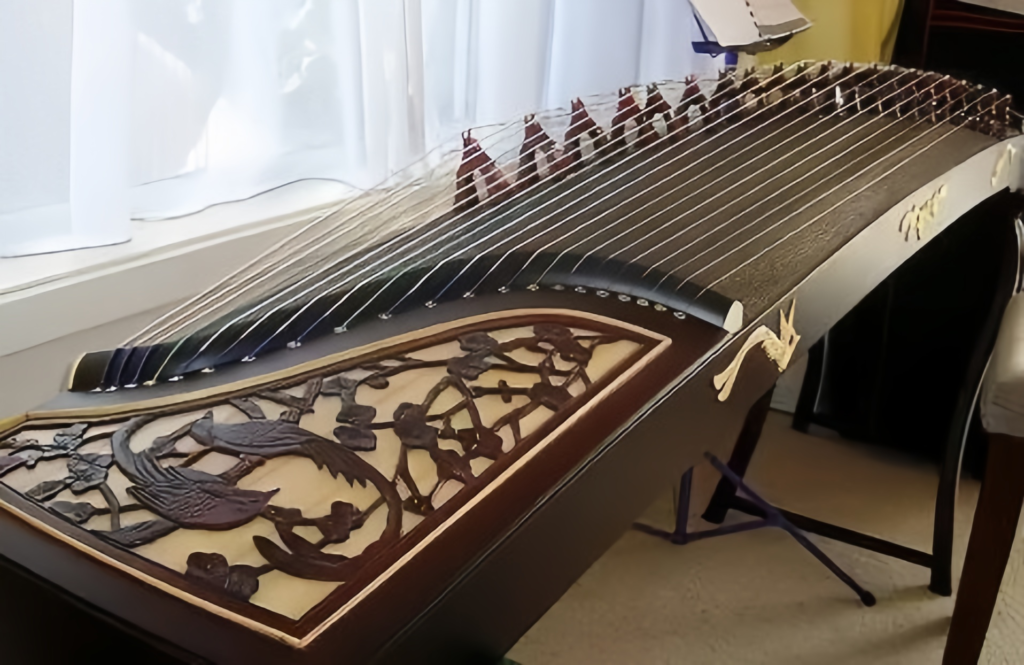

Responses